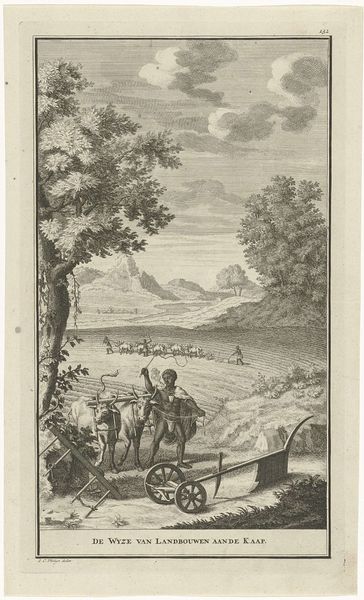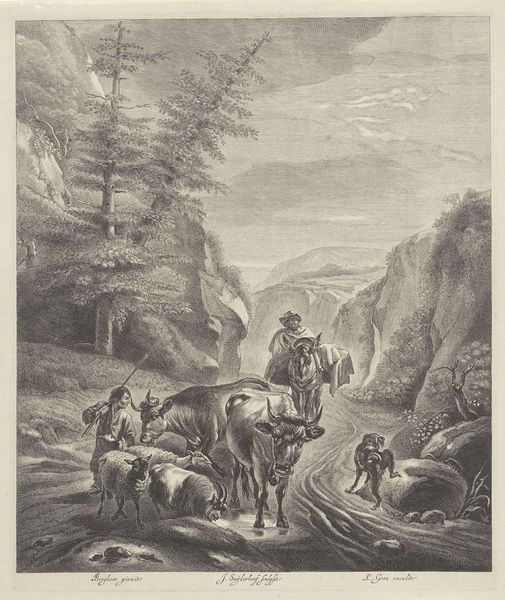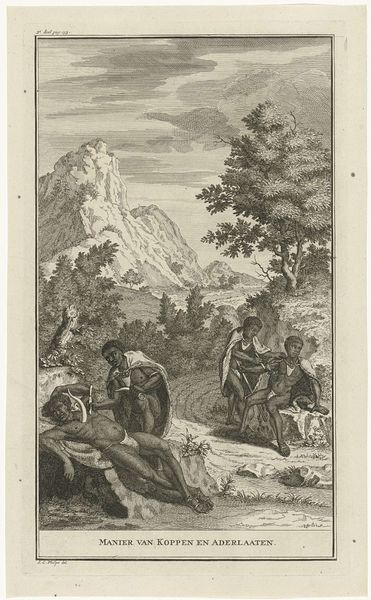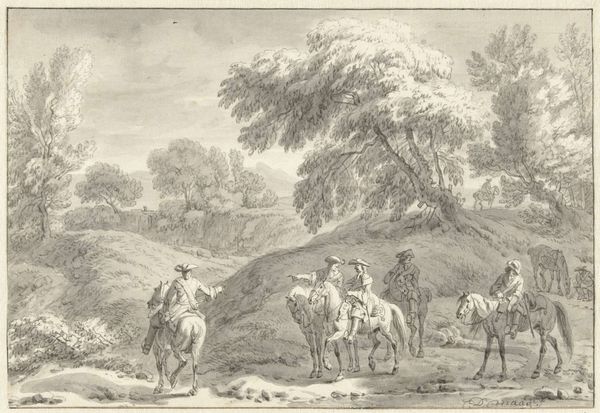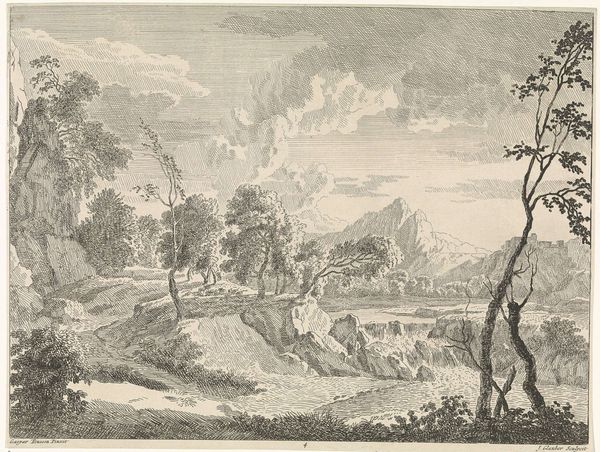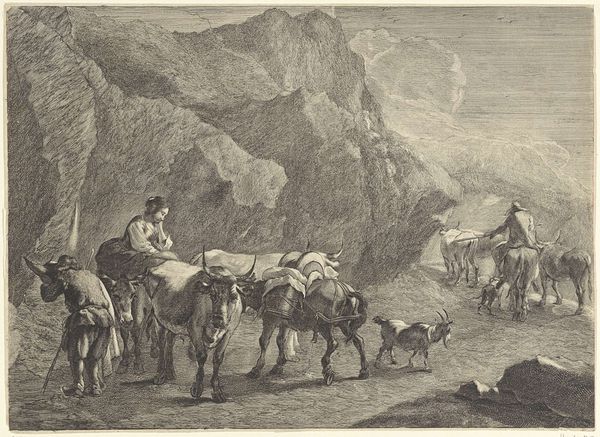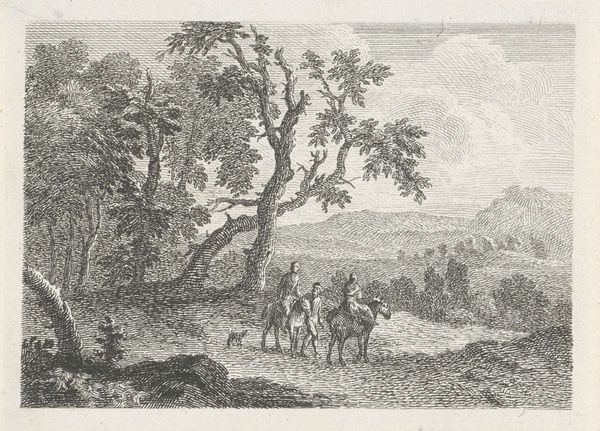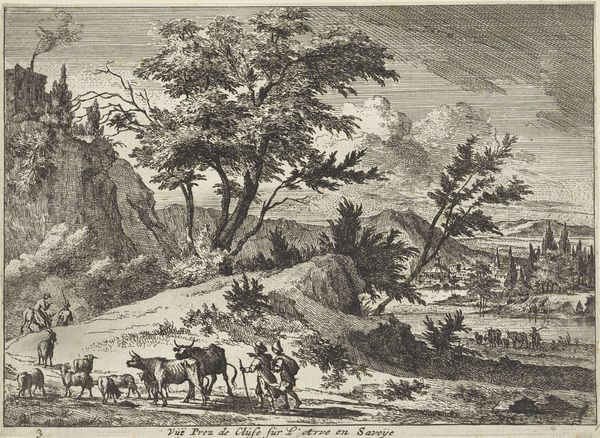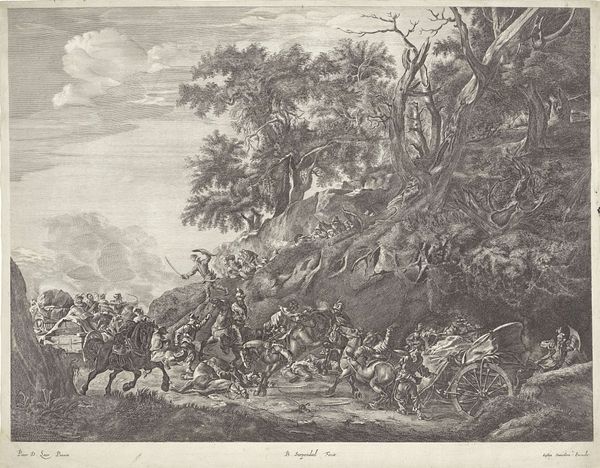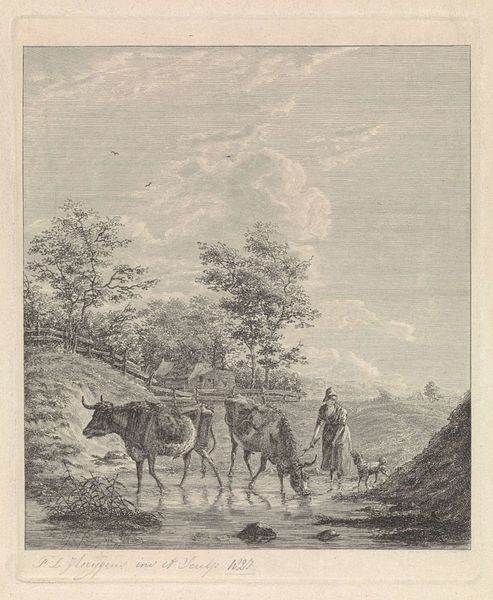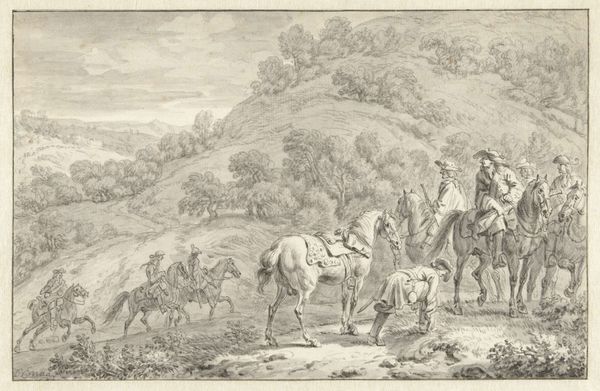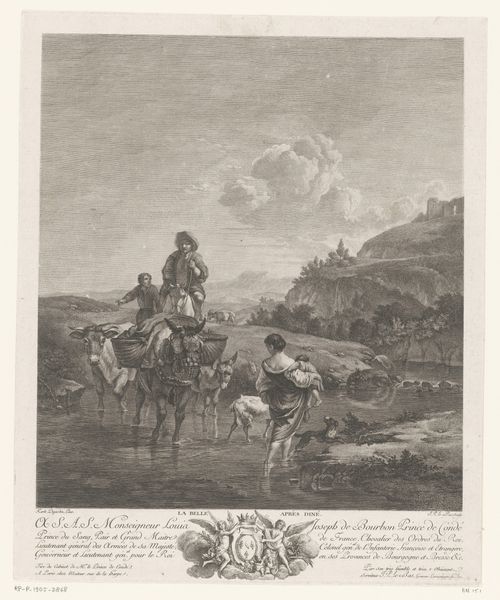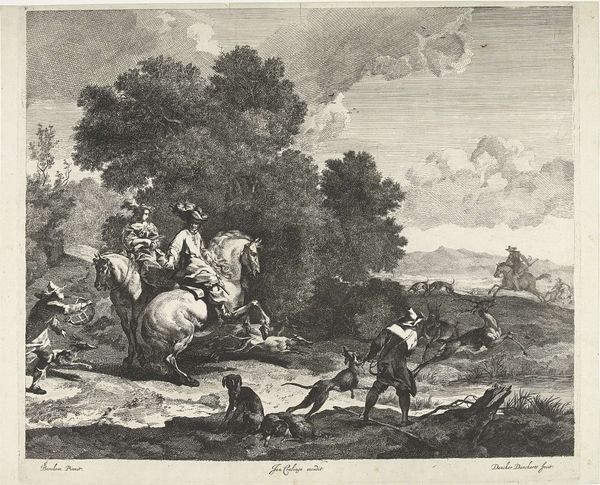
print, engraving
#
african-art
#
baroque
# print
#
landscape
#
engraving
Dimensions: height 289 mm, width 169 mm
Copyright: Rijks Museum: Open Domain
Editor: This engraving from 1727 by Jan Caspar Philips, titled "Begrafenis van een Khoikhoi" or "Funeral of a Khoikhoi," is a really striking scene. The figures and landscape are incredibly detailed. What stands out to me is the composition: a procession of people carrying a body with their village in the background. What's your take on this work? Curator: This print is indeed a powerful visual document, ripe with potential for critical interpretation. As an activist-oriented curator, I see it as vital to understand how it reflects and perpetuates colonial-era narratives about the Khoikhoi people. We need to examine the power dynamics at play: Whose perspective is being represented? And how might that perspective be skewed or incomplete? Editor: That makes a lot of sense. So you’re saying it's not just about the scene itself, but about how it's being presented to a European audience? Curator: Exactly. Consider the term "Hottentot" used in the title. It's a derogatory term imposed upon the Khoikhoi by colonizers, stripped of its inherent dignity. This is not simply a neutral depiction of a funeral; it’s a performance designed to justify European dominance by constructing the "other" as primitive or exotic. Can you see that reflected in the stylized, almost theatrical, representation of the figures? Editor: Now that you mention it, they do seem very posed, almost like actors on a stage. It doesn’t necessarily feel like a naturalistic representation. Curator: Precisely! Think about the role of landscape, too. Is it celebrating the natural beauty, or does it imply something about their place in the landscape in a racial or colonial power structure? Editor: So, in essence, the engraving tells us less about the Khoikhoi and more about the European gaze at that time? Curator: Absolutely. It’s crucial we unpack these layers of meaning to expose the subtle but pervasive ways in which colonialism shaped historical narratives, including our understanding of art. Editor: I see this artwork completely differently now! Thanks so much for shedding light on these historical and political layers. Curator: It's our responsibility to keep asking these critical questions and fostering more inclusive and equitable ways of seeing.
Comments
No comments
Be the first to comment and join the conversation on the ultimate creative platform.
